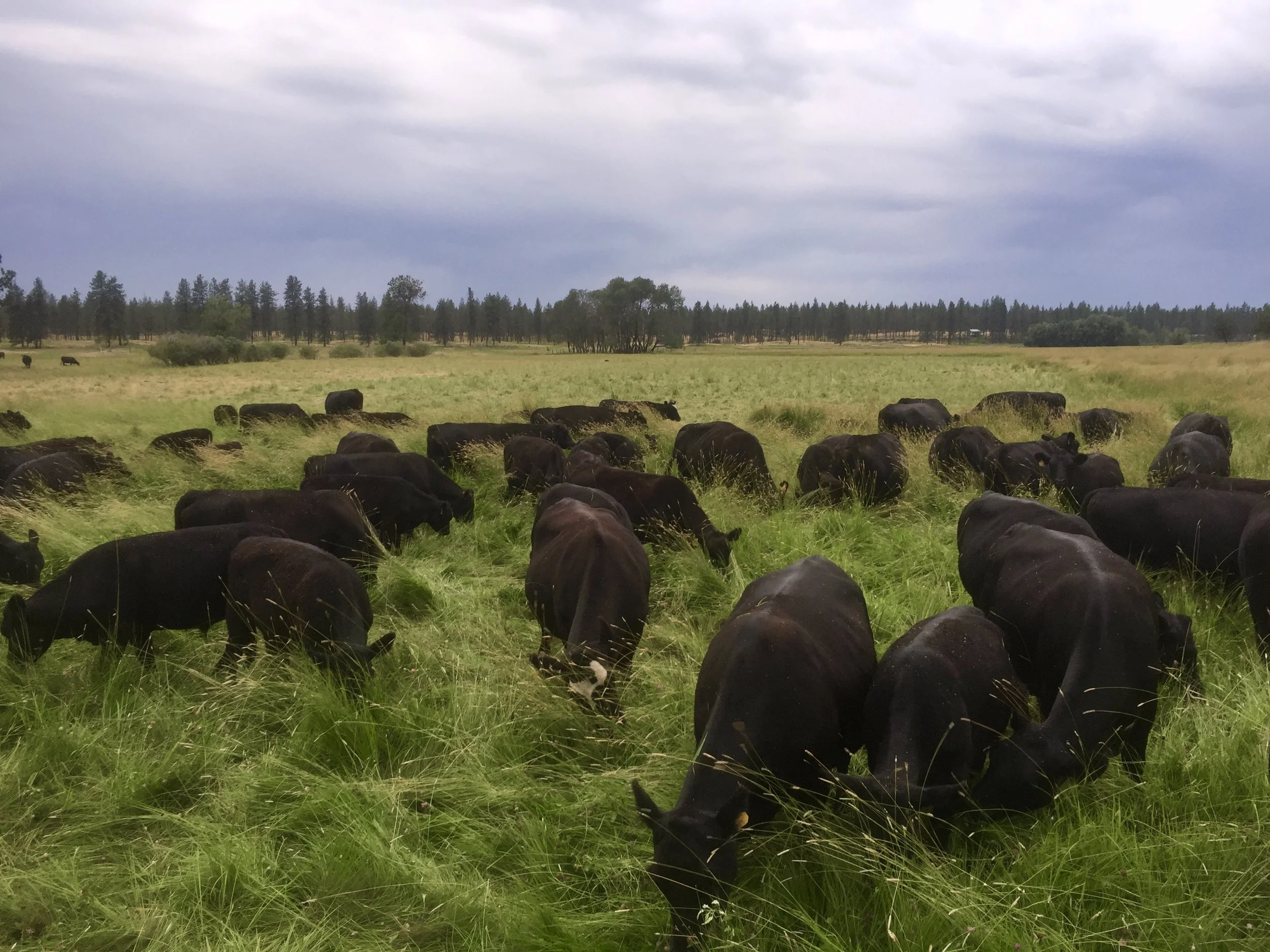Disclaimer: Holistic Management folks LOVE their jargon! I will try to keep things simple but we just can’t help ourselves! —Beth
Holistic Management was developed by Allan Savory in the 1950’s in Rhodesia (present day Zimbabwe) as a way to manage grazing animals based on the grazing behavior of wild ruminants. However, Holistic Management is much more than just a grazing system. It is a values-based decision-making process that helps producers (and anyone else) work towards achieving their desired quality of life and future resource base/landscape. We have been using the Holistic Management decision-making process since the mid-90s and it has dramatically transformed both our land and our quality of life as a family.
Holistic Management is based on four key insights:
1. Nature functions in wholes. We cannot understand, let along manage, the complexity of nature simply by studying individual ecosystem processes or species. We must look at natural systems as wholes in order to begin to respond to the nuance and complexity presented by ecosystems.
2. All environments are different. The distribution of precipitation is actually much more influential on an ecosystem than the amount of precipitation. In areas of more seasonal rainfall, grazing animals can be used to add moisture and microbial activity to encourage nutrient cycling. In areas with year-round precipitation, grazing animals can be used to halt the natural succession of grassland to forest.
3. Time is more important than numbers. The number of animals present on a landscape are not nearly as impactful as the amount of time those animals remain in a particular place. Overgrazing occurs not when too many animals are present, but when they are allowed to stay for too long and regraze recovering plants.
4. Livestock, properly managed, can heal the land. By mimicking the natural symbiotic relationship between grasslands and large herds of ruminants, we can restore ecosystems and reverse desertification. These symbiotic relationships are found all over the world and are integral to grassland health.
The decision making component of Holistic Management consists of defining the “whole under management” and then creating a quality of life statement for the decision makers/managers of the whole. The final step is to define a future resource base. How do we want our land base/community/world to look in the future? These components create the “holistic context.” Each time we make a major management decision, we test to see if that action is moving us towards or away from achieving our holistic context. This allows us to balance the social, ecological, and financial factors in our management decision making.
We use Holistic Management to ensure that we are always maximizing the health of our animals, the health of the land, the health of our family, and the health of our community. To learn more about Holistic Management, visit our organization, Roots of Resilience. You can also check out the international organizations advancing Holistic Management, the Savory Institute, and Holistic Management International.
Got 22 minutes? I highly encourage this TED talk. It will leave you full of hope! —Beth

